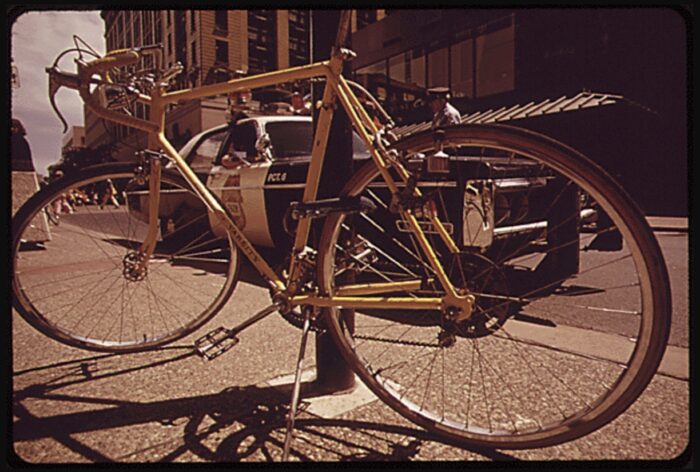Appointed – February 18, 1943
End of Watch – June 6, 1945
You may recall reading about Officer Marwin A. Wicklund on our website previously.
Officer Wicklund was the only member of the Minneapolis Police Department ever to be killed while on military duty.
Officer Wicklund joined the Minneapolis Police Department on February 18, 1943. Because he was married with three children, and because being a police officer was considered a vital occupation, Officer Wicklund was unsuccessful in his first three attempts to enlist to fight in WWII. On August 1, 1944, he was finally accepted by the Marines.
Officer Wicklund was assigned to Company H, Third Battalion, 29th Marines, 6th Division. He took part in the invasion of Okinawa. In action against Japanese forces on June 6, 1945, he was killed by a sniper. Officer Wicklund was posthumously awarded the Purple Heart, Asiatic-Pacific Campaign Medal, Victory Medal World War II and a Presidential Unit Citation with ribbon and star for “extraordinary heroism in action.”
Officer Wicklund was 30 years old at the time of his death. He lived at 3923 Upton Avenue North in Minneapolis with his wife, Mina, and their children. He was buried in the National Memorial Cemetery of the Pacific, also known as the Punchbowl.
We are pleased to show the clipping above of Officer Wicklund on the job.
The clipping was recently found by Retired Minneapolis Police Officer David Niebur while engaged in historical research on the Department.
A sincere thank you to Retired Officer Niebur for sharing this clipping!
















